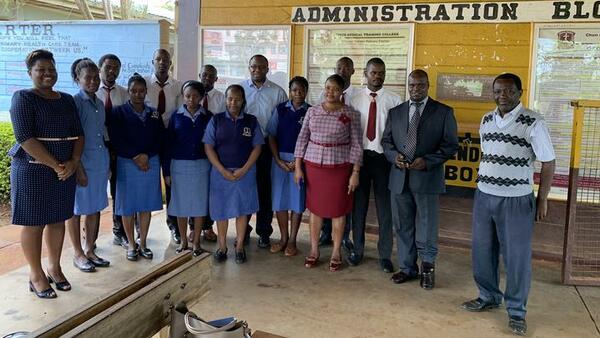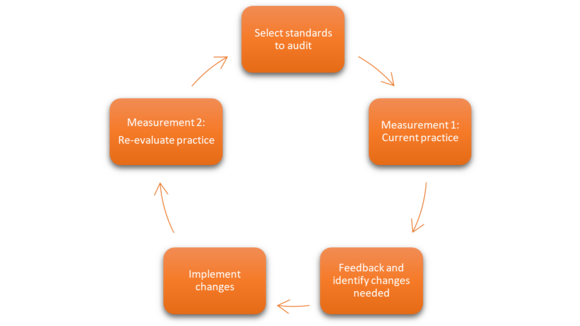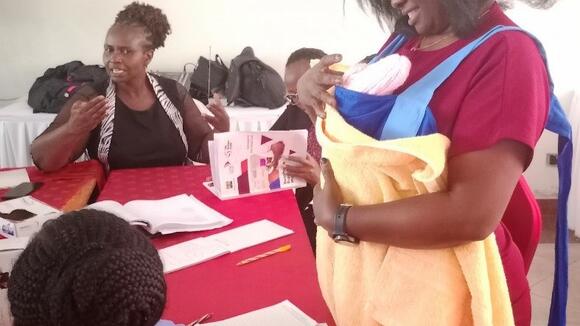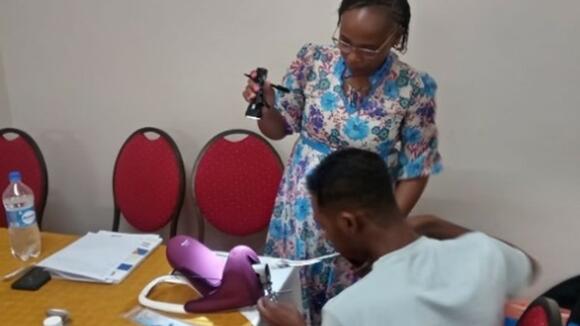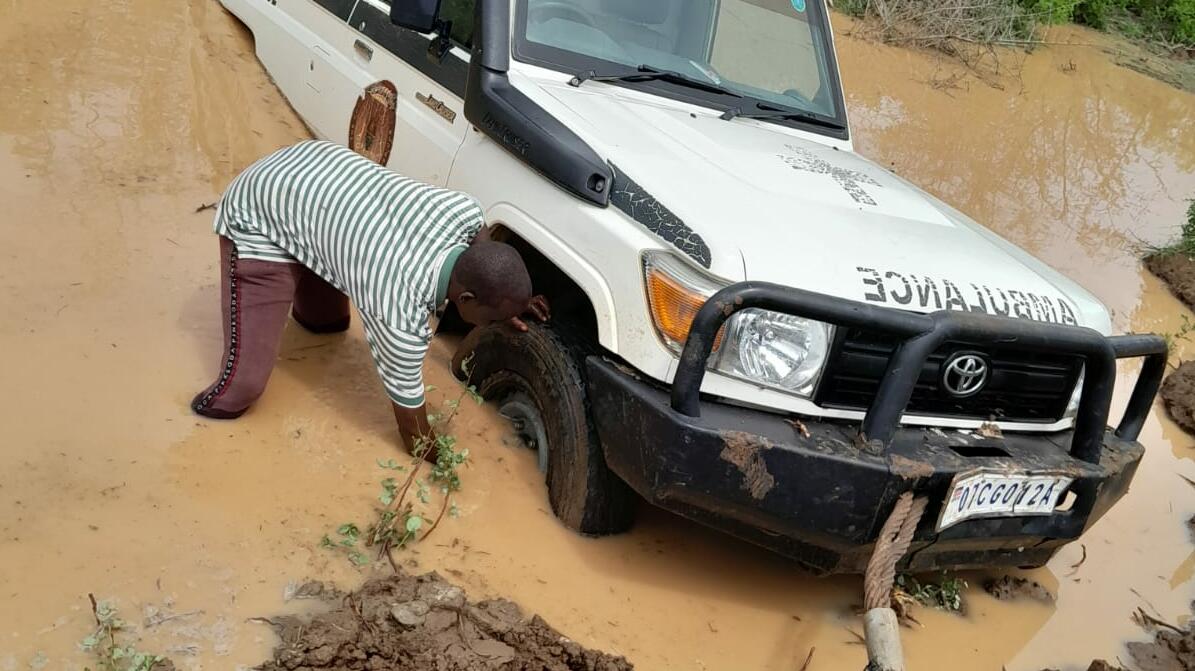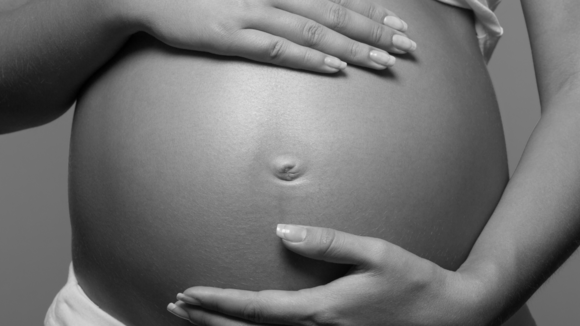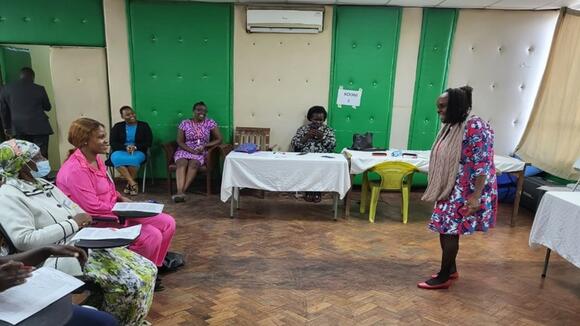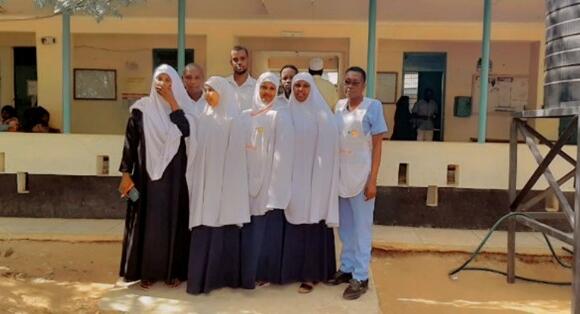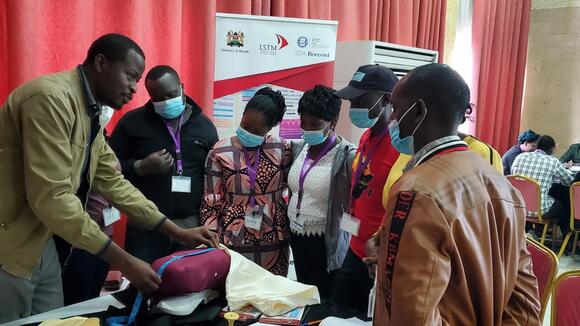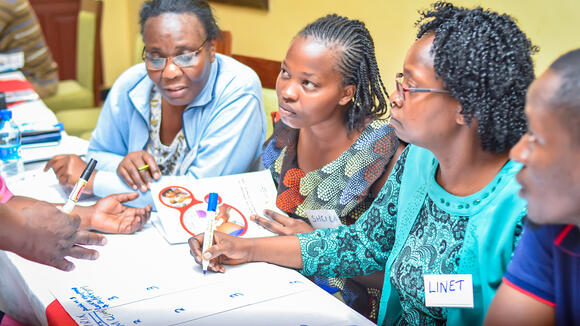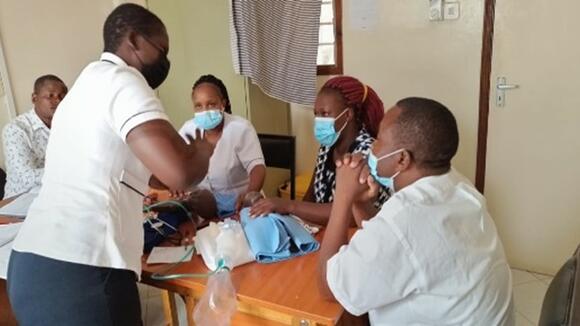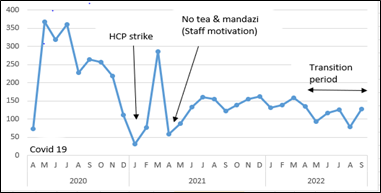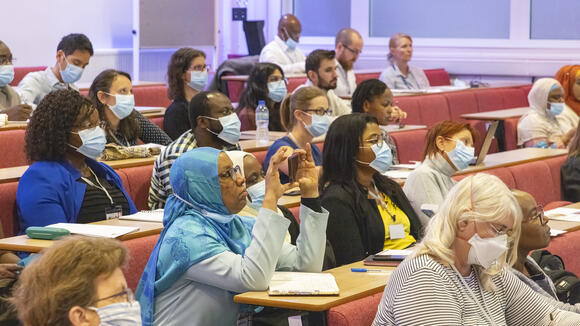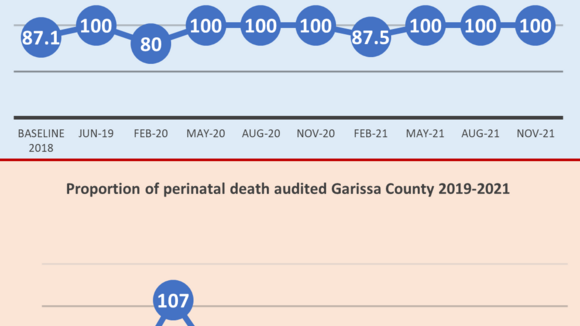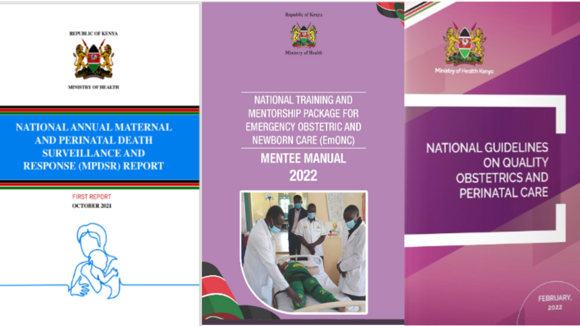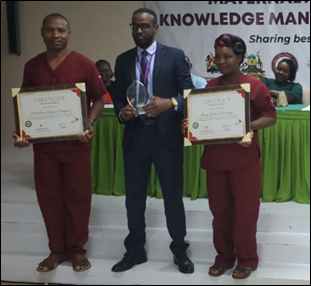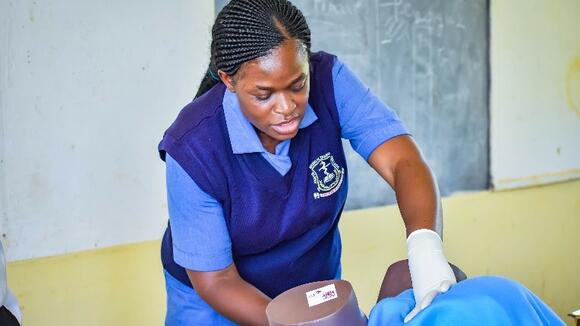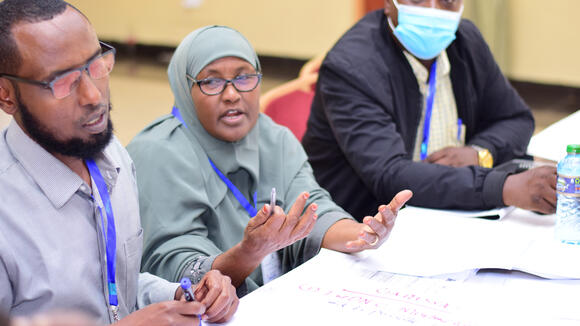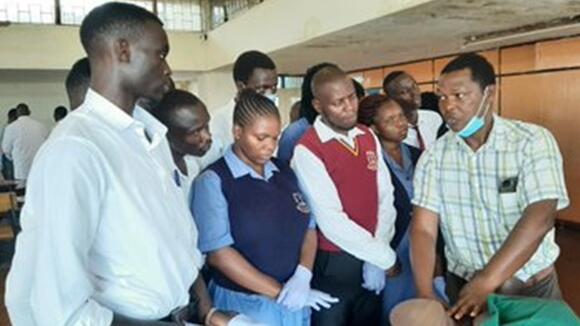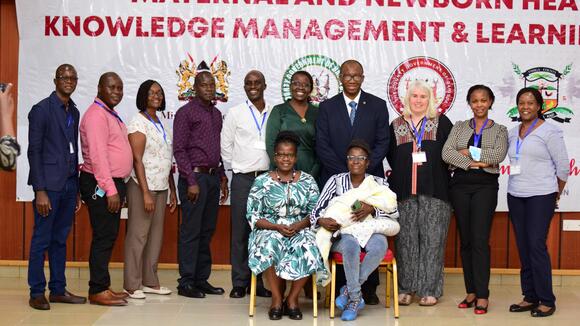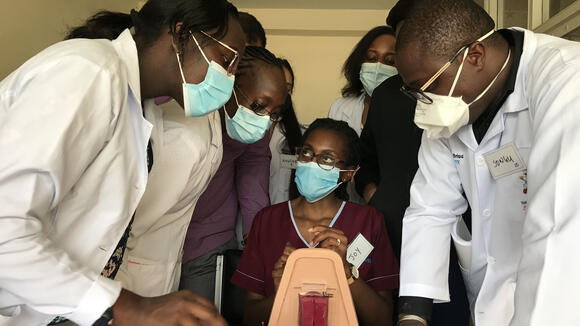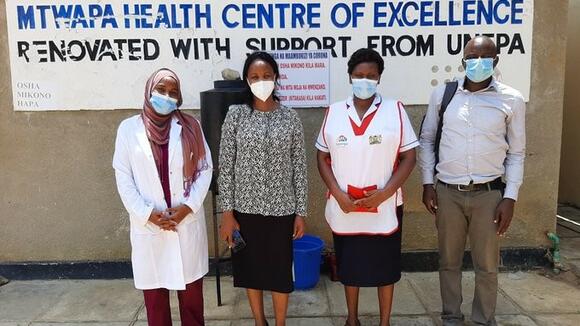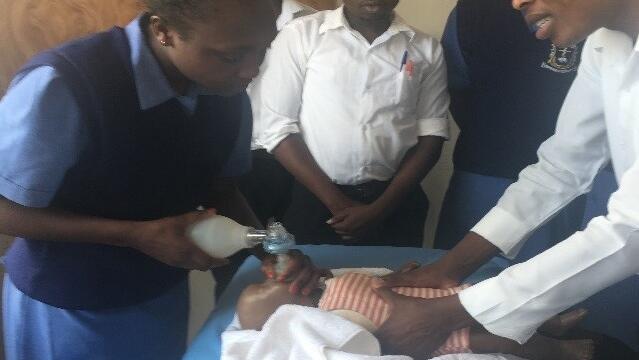
Kenya
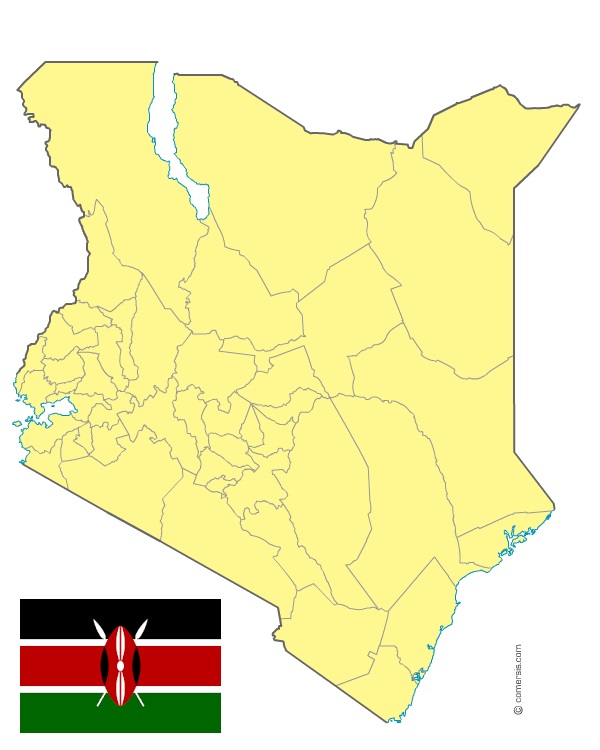
The Republic of Kenya lies on the East Africa coast, bordered by the Indian Ocean and Somalia to the east, Ethiopia and South Sudan to the north, and Uganda and Tanzania, west and south respectively. The Republic had a population of more than 47.6 million people in the 2019 census; its capital and largest city is Nairobi.
Kenya has made significant political and economic reforms that have contributed to sustained economic growth, social development, and political stability gains over the past decade. However, its key development challenges still include poverty, inequality, climate change, continued weak private sector investment and the vulnerability of the economy to internal and external shocks.
Maternal and New-born health in Kenya
Kenya has made major gains in social development and the scale up of high impact interventions and increased spending on health and education are paying dividends. It is notable that Kenya has made remarkable progress in improving Reproductive, Maternal, New-born, Child, and Adolescent Health (RMNCAH) outcomes during the last decade. Child mortality has declined by over 20 percent since 2008 and the country achieved a total fertility rate (TFR) of 3.9 (KDHS 2014). Stunting, which remained stubbornly high over the past two decades, has declined. Six out of ten pregnant women now receive skilled care at childbirth and over half get postnatal care (KDHS 2014). However, in Kenya today, many women, neonates, children, and adolescents continue to suffer or die from conditions, which are preventable or treatable.
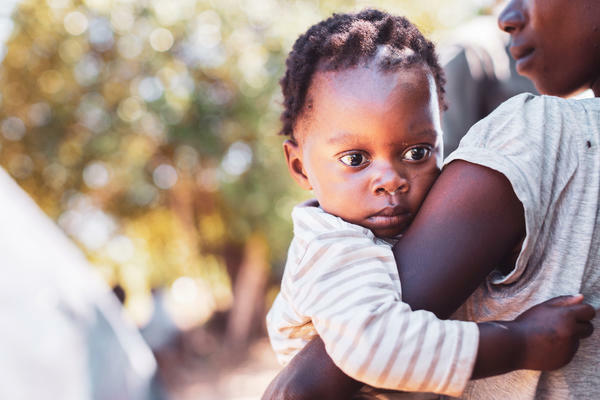
The most recently available data from the Kenya Demographic and Health Survey (2014) estimates that 362 maternal deaths occur in the country, per 100,000 live births. At the current estimated annual births, this translates to over 5,000 women and girls dying due to complications of pregnancy or birth. 35,000 stillbirths occur each year. The Under-five mortality in Kenya has fallen from 102 deaths per 1,000 live births in 1990, to 43 deaths per 1,000 live births in 2019. However, every year, 64,500 children still die before reaching the age of five, mostly of preventable causes. Access to quality RMNCAH services remains a challenge across all levels of care, while geographic, population sub-groups, and economic inequities persist due to supply and demand side barriers.
While the healthcare system has faced challenges recently, including due to COVID-19 (coronavirus), the devolved health system, increased public health spending, political commitment on Universal Health Coverage (UHC) and other health system reforms will improve health care outcomes and contribute to a more equitable health care system.
https://www.unicef.org/kenya/health
https://bmchealthservres.biomedcentral.com/articles/10.1186/s12913-019-4462-x
https://www.dhsprogram.com/pubs/pdf/sr227/sr227.pdf
Kenya RMNCAH Investment Framework, 2016
LSTM Kenya
Our multi-disciplinary team in the LSTM Kenya office in Nairobi are experienced, well-equipped and passionate about improving the availability and quality of maternal and newborn care.
LSTM has been working in Kenya since 2009 and is currently involved in the following projects
-
Integrated Approach in Improving Maternal and Newborn Health Outcomes in Kenya
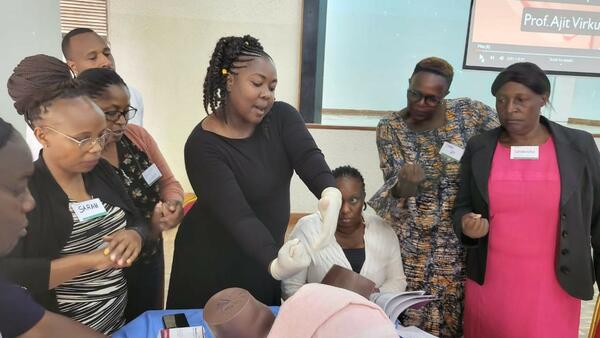
-
Global Fund Supported Project: Quality improvement (QI) of integrated HIV, TB and malaria services in antenatal and postnatal ca
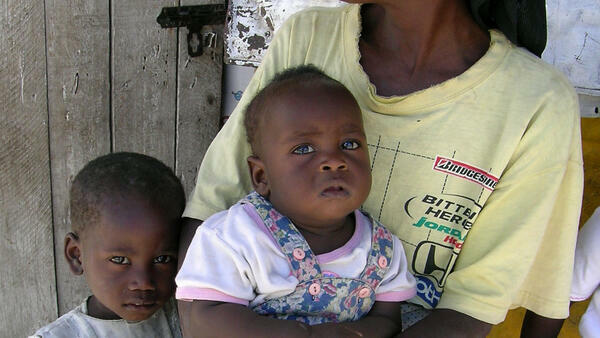
-
Design, implementation, and evaluation of nursing/midwifery Continuous Professional Development (CPD) programme in Kenya. 2021 –
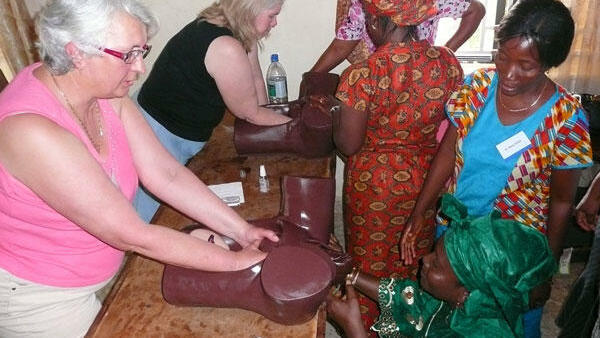
-
Completed programmes
-
The Making it Happen (MiH) program
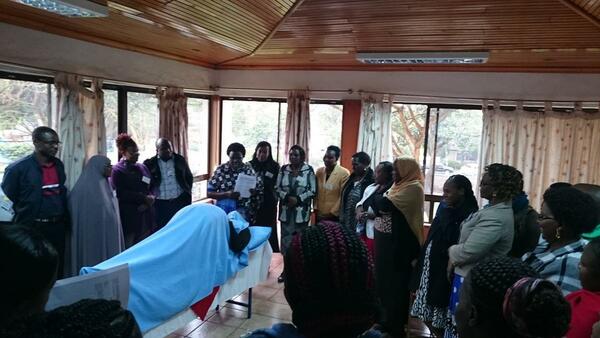
-
Reducing Maternal and New-born Deaths in Kenya. 2019-2023. 5 Counties of Garissa, Kilifi, Taita Taveta, Vihiga and Uasin Gishu
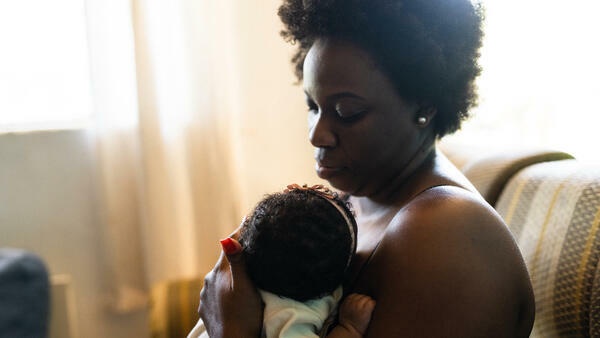
-
National scale up and evaluation of EmOC programme
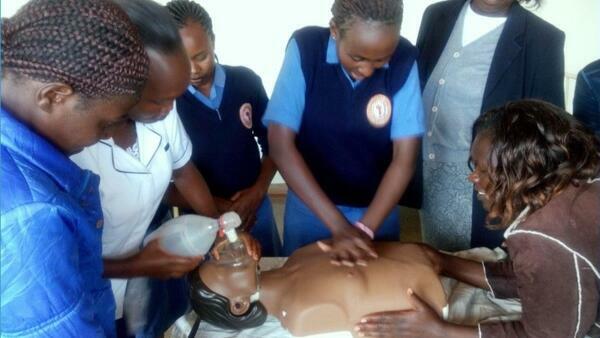
-
Johnson & Johnson Skill- based Pro Bono support on Managing Retention of Emergency Obstetric and Newborn Care

Completed studies and under peer review
The determinants of staff retention after Emergency Obstetrics and New-born Care training in Kenya: A cross- sectional study Available here.
Evaluation of capacity to deliver Emergency Obstetrics and New-born Care updated midwifery and reproductive health training curricula in Kenya: Before and after study (under submission to a peer review journal).
LSTM Kenya Publications (2009 – 2021)
- Educators’ perceptions of the early impact of COVID-19 on midwifery training in Kenya: a cross-sectional survey https://academic.oup.com/inthealth/advance-article/doi/10.1093/inthealth/ihab065/6384818?login=true
- Design and evaluation of midwifery educator Continuous Professional Development Programme in Kenya https://www.lstmed.ac.uk/projects/design-and-evaluation-of-midwifery-educator-continuous-professional-development-programme
- https://obgyn.onlinelibrary.wiley.com/doi/10.1111/1471-0528.12995 :Causes of Stillbirth in Referral Facilities in Kenya
- https://gh.bmj.com/content/4/1/e001167:Social return on investment of emergency obstetric care training in Kenya
- https://gh.bmj.com/content/4/4/e001388: Community health workers for maternal and newborn health; case studies from the field-The roles of community health workers who provide maternal and newborn health services:case studies from Africa and Asia
- McCauley M, Madaj B, White SA, Dickinson F, Bar-Zeev S, Aminu M, Godia P, Mittal P, Zafar S, van den Broek N. The burden of physical, psychological, and social ill-health during and after pregnancy among women in India, Pakistan, Kenya, and Malawi. BMJ Global Health, 2018
- Smith H, Ameh CA, Godia P, et al. Implementing maternal death surveillance and response in Kenya: incremental progress and lessons learned. Glob Health Sci Pract. 2017;5(3).
- Smith H, Ameh C, Roos, N, Mathai, M, van den Broek N: Implementing maternal death surveillance and response: a review of lessons from country case studies. BMC Pregnancy and Childbirth (2017) 17:233 DOI 10.1186/s12884-017-1405-6
- Aminu M, Bar-ZeevS and van den Broek N (2017) 'Cause of and factors associated with stillbirth: a systematic review of classification systems', Acta Obstetricia et Gynecologica Scandinavica, vol. 96, no. 2017, pp. 519-528. doi: 10.1111/aogs.13126 Available at: http://onlinelibrary.wiley.com/doi/10.1111/aogs.13126/full
- Pyone T, Smith H and van den Broek N (2017) 'Implementation of free maternity services policy and its implication on health system governance in Kenya', BMJ Global Health, vol. 2, no. 4, pp. e00024. doi: 10.1136/bmjgh-2016-00024 Available at: http://gh.bmj.com/content/2/4/e000249
- Aminu M, Unkels R, Mdegela M, Utz B, AdajiS and van den Broek N (2014) 'Causes of and factors associated with stillbirth in low- and middle-income countries: a systematic literature review', BJOG: An International Journal of Obstetrics & Gynaecology, vol. 121, no. S4, pp. 141-53. doi: 10.1111/1471-0528.12995 Available at: http://onlinelibrary.wiley.com/doi/10.1111/1471-0528.12995/full
14.Early indirect impact of COVID-19 pandemic on utilisation and outcomes of reproductive, maternal, newborn, child and adolescent health services in Kenya: A cross-sectional study https://ajrh.info/index.php/ajrh/article/view/3035
